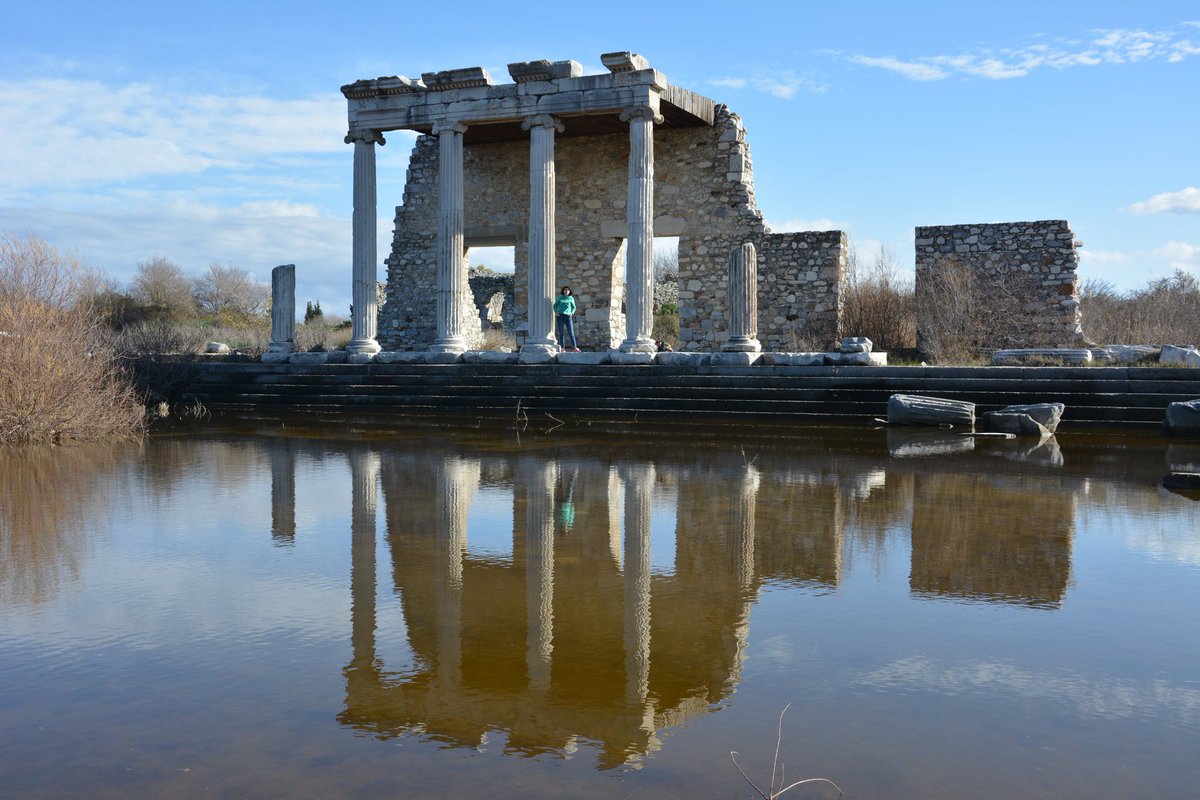
We are happy to announce our new book: 100 Great Archaeological Discoveries - A Guide to the Greatest Discoveries of Archaeology. Available on Amazon (Kindle & Paperback): amazon.com/dp/B09K27XPW3 

This book introduces you to some of the most impressive and exciting archaeological discoveries that have been made since the 1800s when the study of archaeology began. 

From Aboriginal rock art to the 10.000-year-old Shigir Idol, from the Göbekli Tepe to the Nazca Lines, the world’s 100 greatest discoveries are in this book. 

This 338-page book is available for non-member purchase for $0.00 on Amazon for Kindle Unlimited members. E-book price without kindle unlimited membership is $9.90, Paperback price is $29.90. 

While preparing the book, we took the utmost care to use a simple narrative that anyone interested in archaeology can understand.
Our aim was to create a book that would appeal to everyone, not only for professional archaeologists but also for children and adults who have an interest in archaeology and art. We hope that this book will give you new insights into the fascinating world of the past. 

Read more here about the book: amazon.com/dp/B09K27XPW3 (available on worldwide)
• • •
Missing some Tweet in this thread? You can try to
force a refresh





